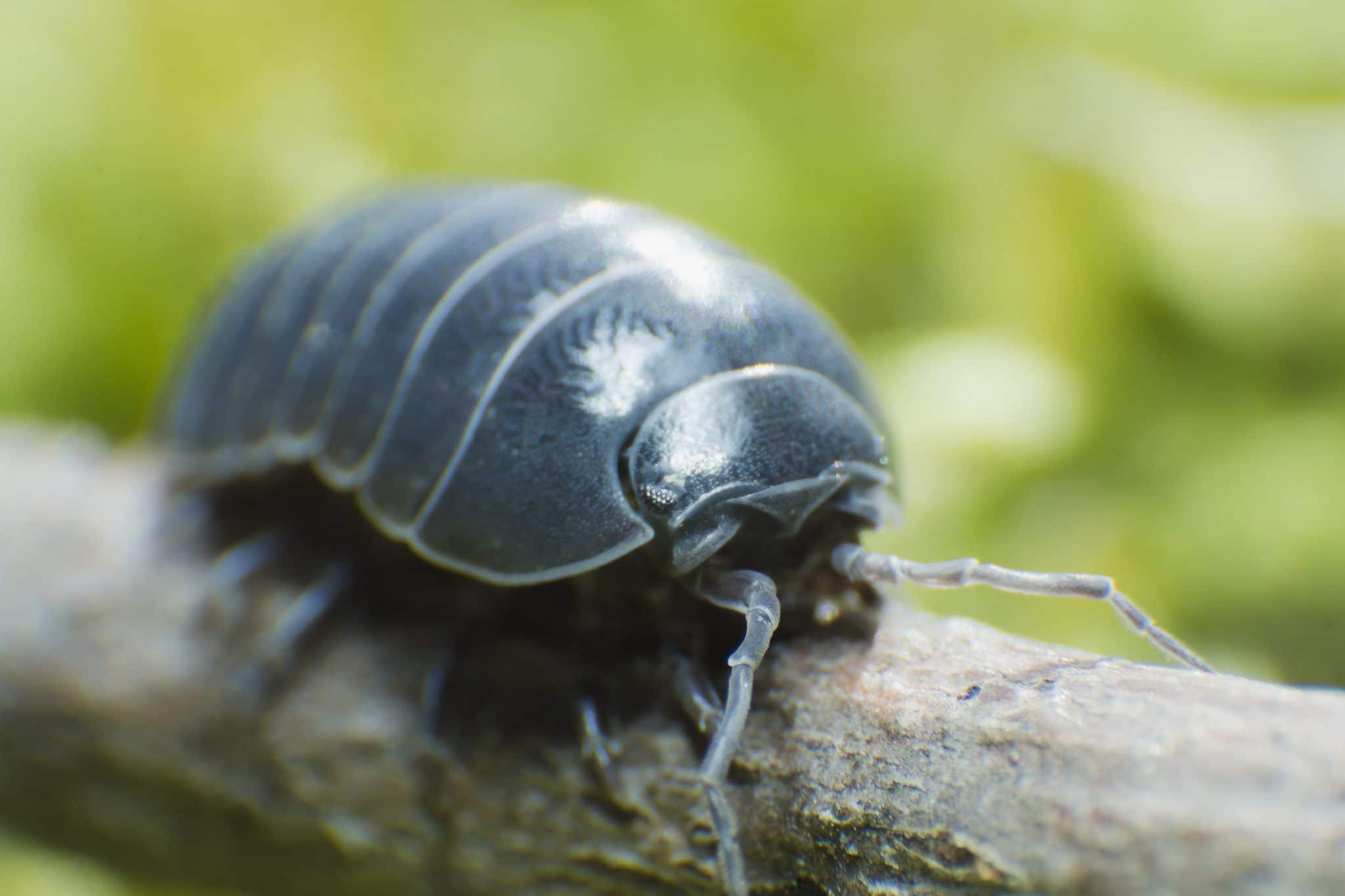Understanding Roly Poly Pill Bugs: Essential Facts and Tips
We all remember when we were kids, and we would play with those cute little roly-poly bugs. It was so much fun to watch them roll up into those adorable little balls.
As an adult and a homeowner, those roly-poly pillbugs are not nearly as cute, especially when they come into your home uninvited.
If you are dealing with an infestation of unwanted pillbugs in your home, yard, or garden, contact Environmental Pest Management today.

What is a pillbug?
Also known as roly-polys or woodlouse, pillbugs are isopods. In fact, pillbugs are not bugs at all. They are terrestrial crustaceans.
Pillbugs, Latin name Armadilidium Vulgare, are the only crustaceans to have evolved to live exclusively on land. They look more like lobsters or crayfish than insects.
The name pillbug refers to this creature’s ability to roll into a small, pill-like ball. This behavior is defensive.
Pillbugs are nocturnal creatures. Although they can be found out and about during the day. They came to the US from Europe, where they are primarily known as woodlouse.
The name woodlouse comes from the places pillbugs are typically found. Namely, they make their homes under logs. They need moisture to survive. They are unable to make their own, so they must find it in their environment.
What do they look like?
Pillbugs are usually ¼ to ½ an inch in length. They have seven pairs of legs and two antennae, one that is slightly hidden.
They range in color from white to dark gray, and they may be solid in color or slightly patterned. Their bodies are rounded, convex on top and concave on the bottom.

What is the lifespan of the pillbug?
Pillbugs can live up to three years if they find the right conditions.
Pillbugs are sprung from eggs. Females carry the egg sack on their bellies for three to four weeks. They can produce anywhere from one to three egg sacks a year, each one containing 100 to 200 eggs.
Once the baby pillbugs hatch, they usually stay in the pouch on their mother’s belly for an extra one to two weeks. They will not venture off on their own until they reach a length of 2 millimeters.
Around one day after they leave the safety of their mother’s pouch, they go through their first molting. They do not gain the seventh segment of their structure until this molting. They get their second set of legs at their second molting about two weeks later.
It takes about 20 weeks for the young pillbug to reach maturity. The adult pillbug is made up of a seven-segmented thorax with seven pairs of legs. They have eyes on the first segment, but they use their antennae more often to detect stimuli.
Request A Free No-Obligation Quote Today
We serve Dakota, Hennepin, Ramsey, Washington, and Anoka Counties.
We also serve Carver, Scott, Rice, Lesueur, and Steele
Where do pillbugs live?
While pillbugs will occasionally make their way indoors, they can survive better outside. They prefer to make their home in a very damp or wet area, typically underneath wood or rocks on the ground. They can live well in flowerpots, trashcans, or under leafy piles of debris where the conditions are moist.
When they do enter homes, it is usually at ground level. They find their way into damp basements or even crawlspaces. They will not survive, though, if they cannot find moist enough conditions.
What do pillbugs eat?
Pillbugs are scavengers. Their primary diet consists of decaying leaves and other decomposing organic materials. Pillbugs also eat leaves, logs, young plants, and they have even been known to feed on the skin of cucumbers.
They are most active at night, and that is when they typically feed.
Are pillbugs dangerous?
Pillbugs are generally harmless to humans. They can damage plants or seedlings, so they can be a nuisance to gardeners or those with a green thumb.

How do I get rid of pillbugs?
Once you have pillbugs in your home, they are difficult to remove. Your best option is to prevent the pests from entering in the first place.
Seal all cracks, gaps, crevices, or any other possible points of entry. Check around your foundation, vents, cable entry points, wiring entry points, doors, and windows. Be sure that your screens are properly maintained, with no holes or cuts.
Try to keep your windows and doors shut, especially the ones at ground level.
As previously mentioned, pillbugs cannot survive without moisture. One way to make sure that your home is inhospitable to pillbugs is to repair and eliminate any damp or wet areas of your home.
If the pillbugs cannot find moisture, they cannot live and reproduce. Pay extra attention to your basement, leaky pipes, and cracks in your foundation. If at all possible, take steps to ensure that your property is graded away from your home. This way, water will flow away from your home instead of forming and standing around your foundation.
Another way to prevent pillbugs from entering your home is to keep your home free of clutter and debris. Your trash is one place the pillbugs will look for food, so make sure your trashcans are sealed.
Once the pillbugs are in your home, insecticides are not a very effective method of getting rid of them. A better option is to simply sweep or vacuum them up.
If you are facing a pillbug infestation, don’t worry, there is a solution to your problem. Contact Environmental Pest Management. We are committed to safely and effectively removing pests from your home and yard.
We focus on environmentally friendly ways to eliminate pests. The safety of you, your family, and your home is our top priority. So contact us today for your free quote.

